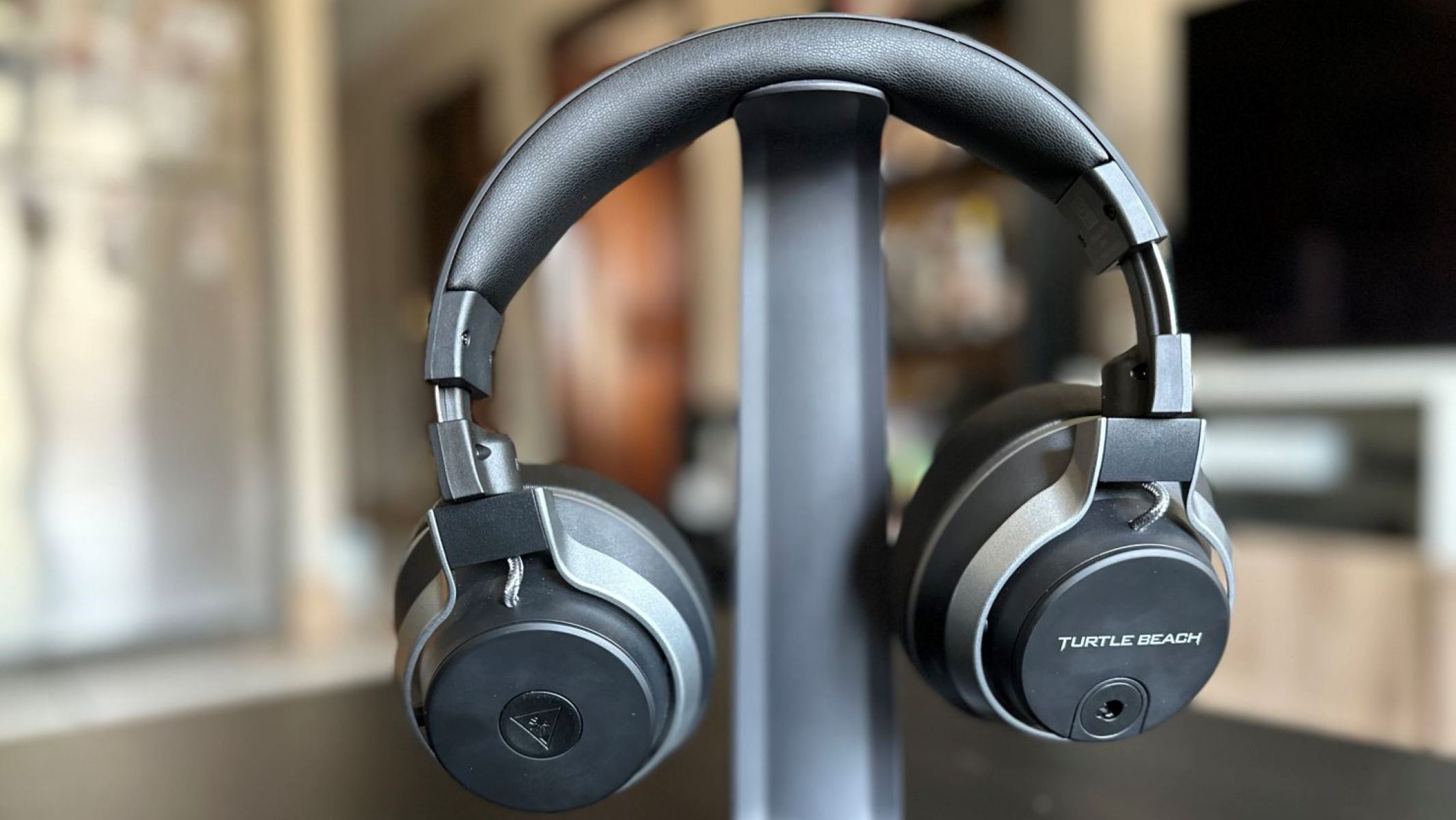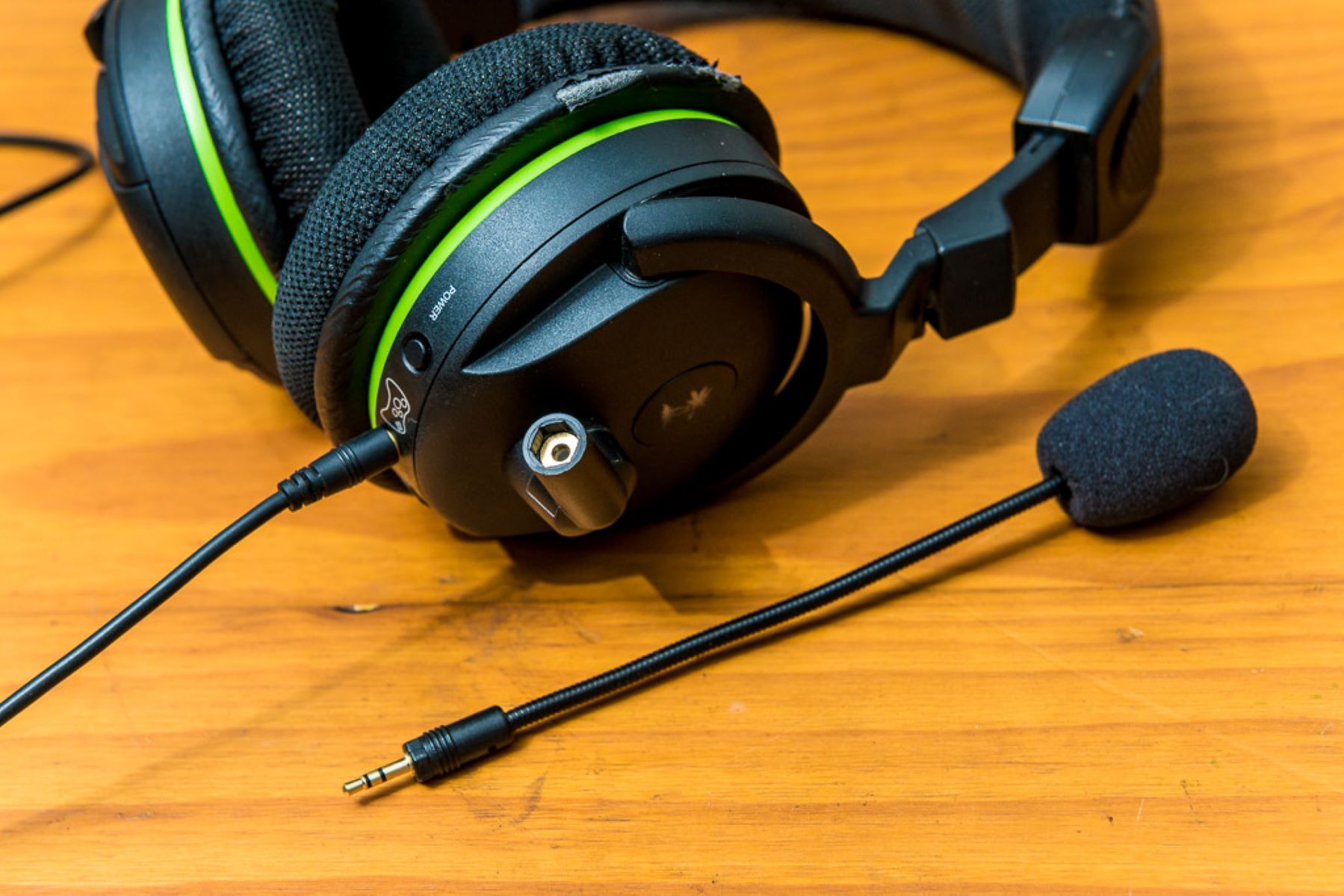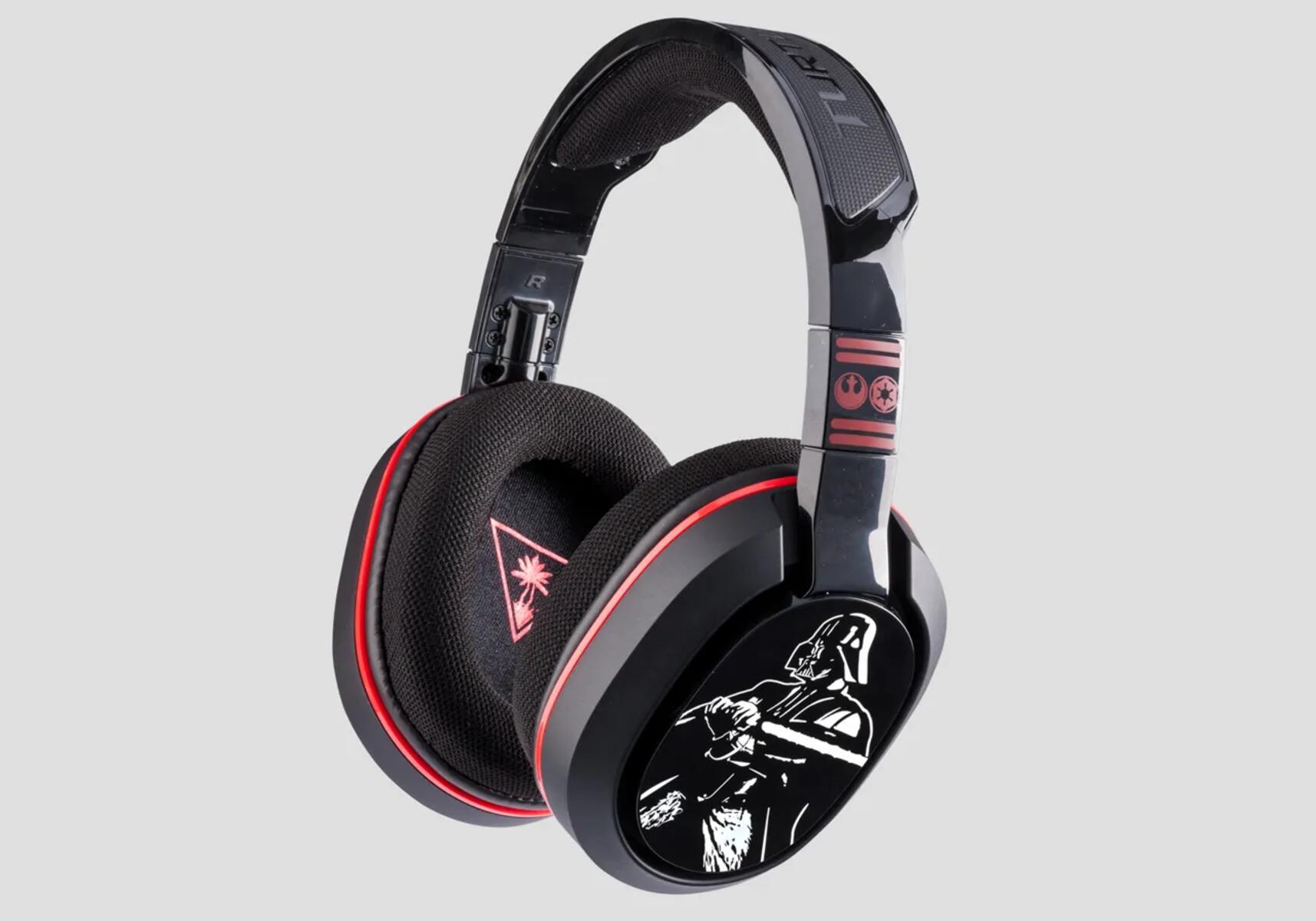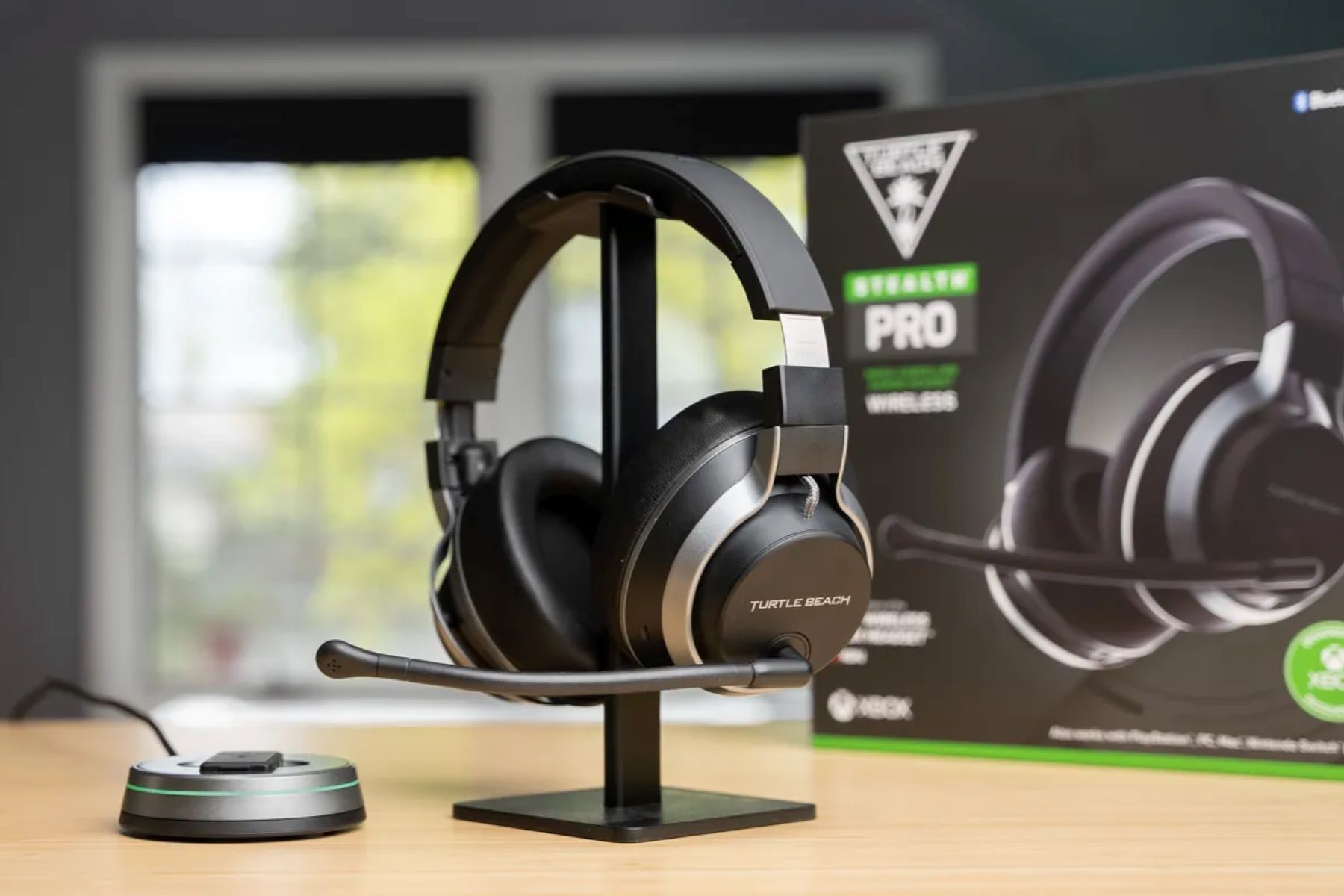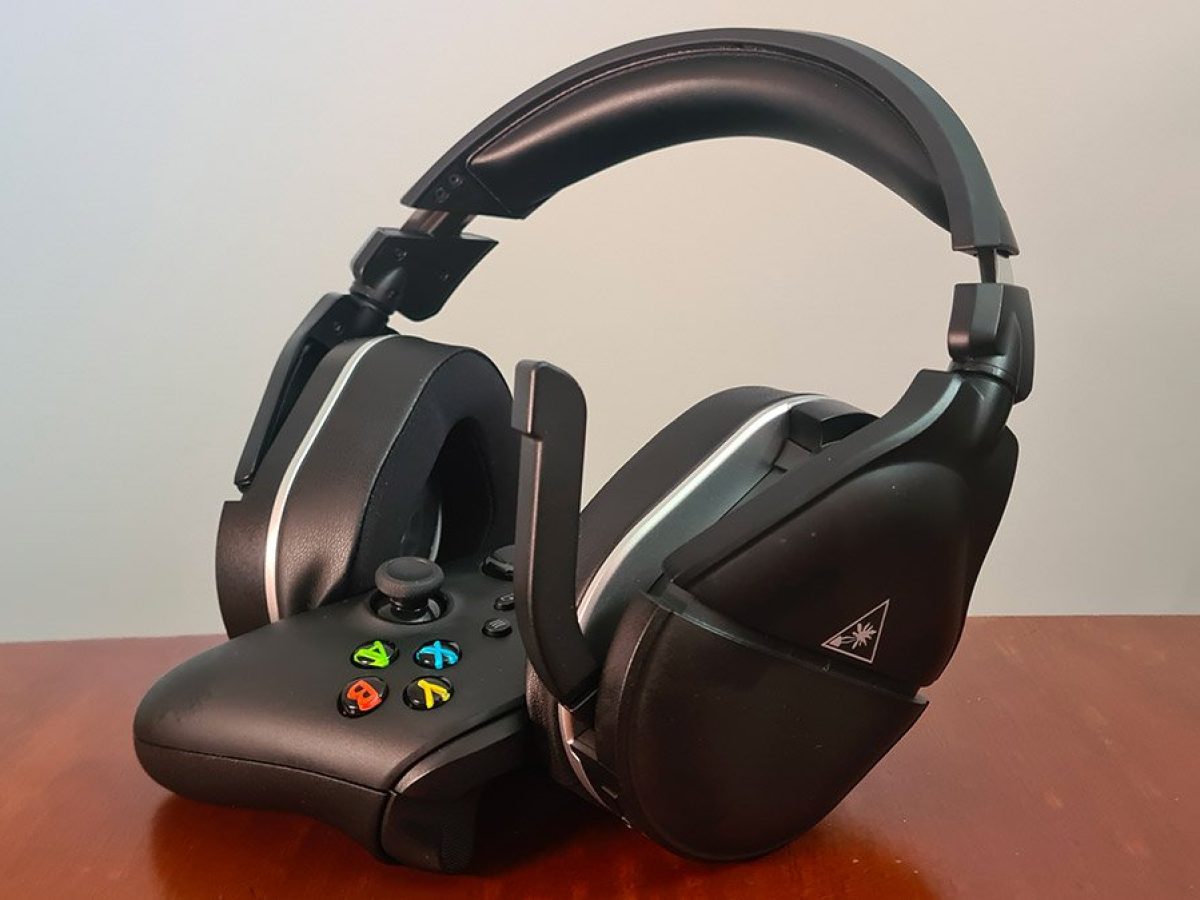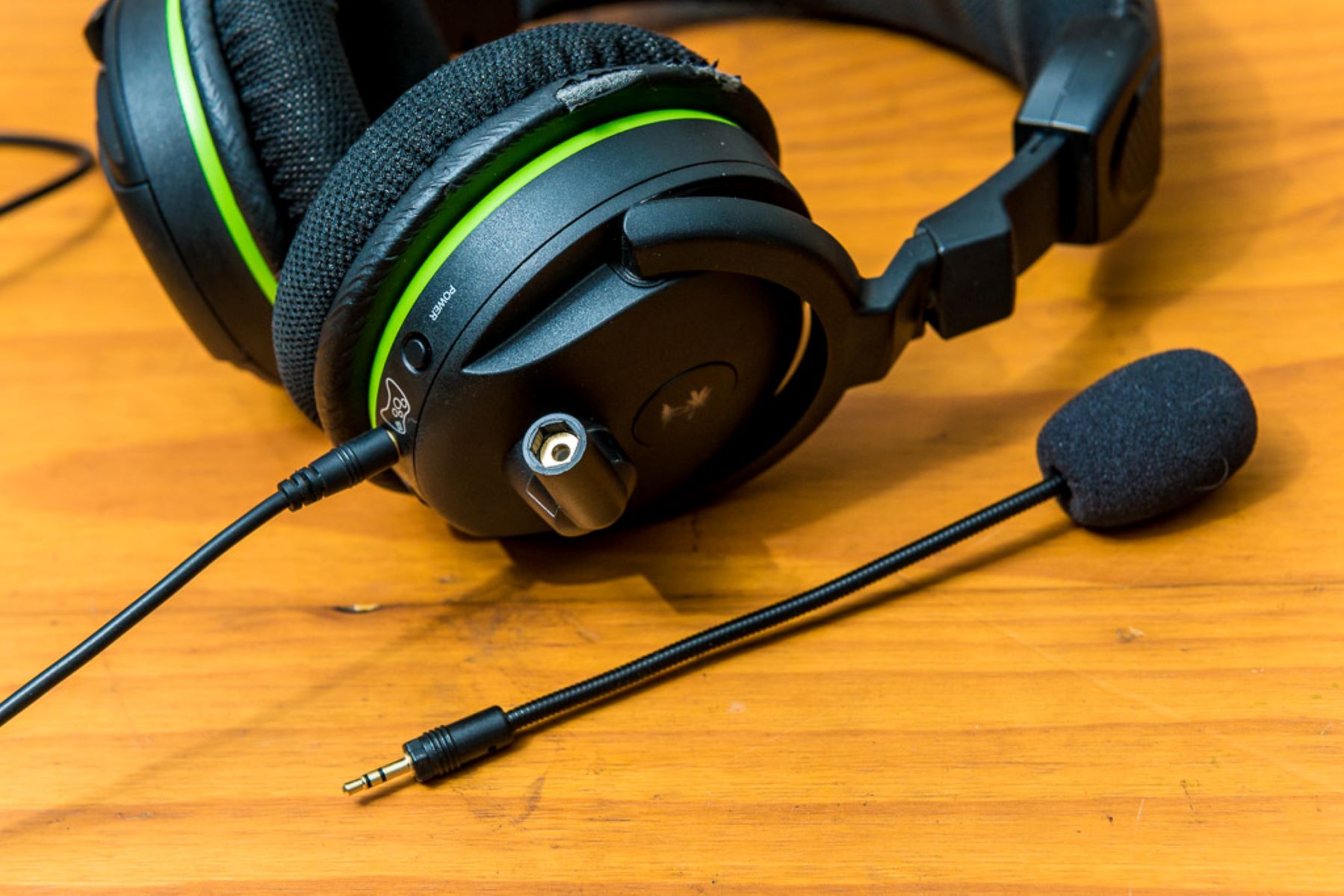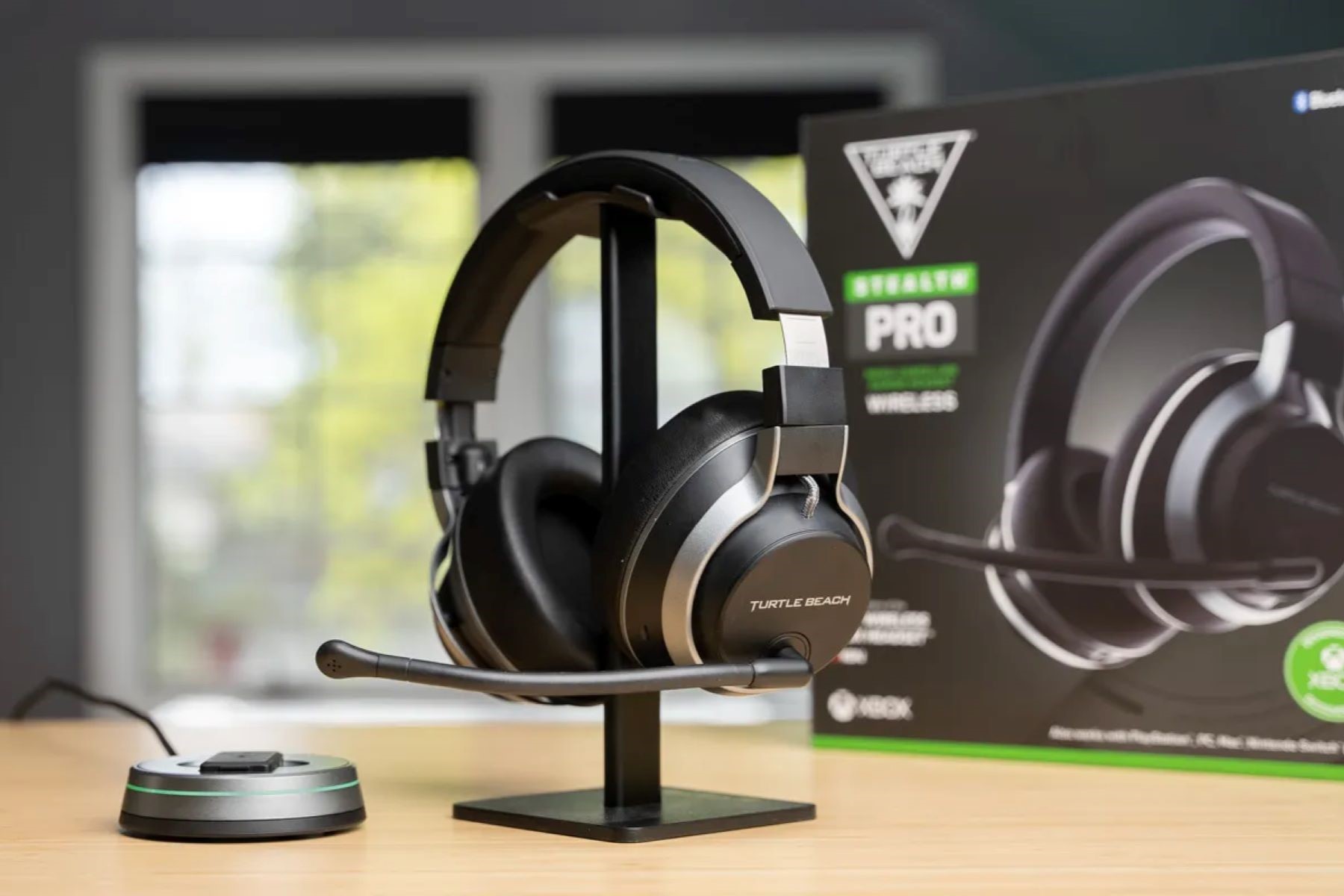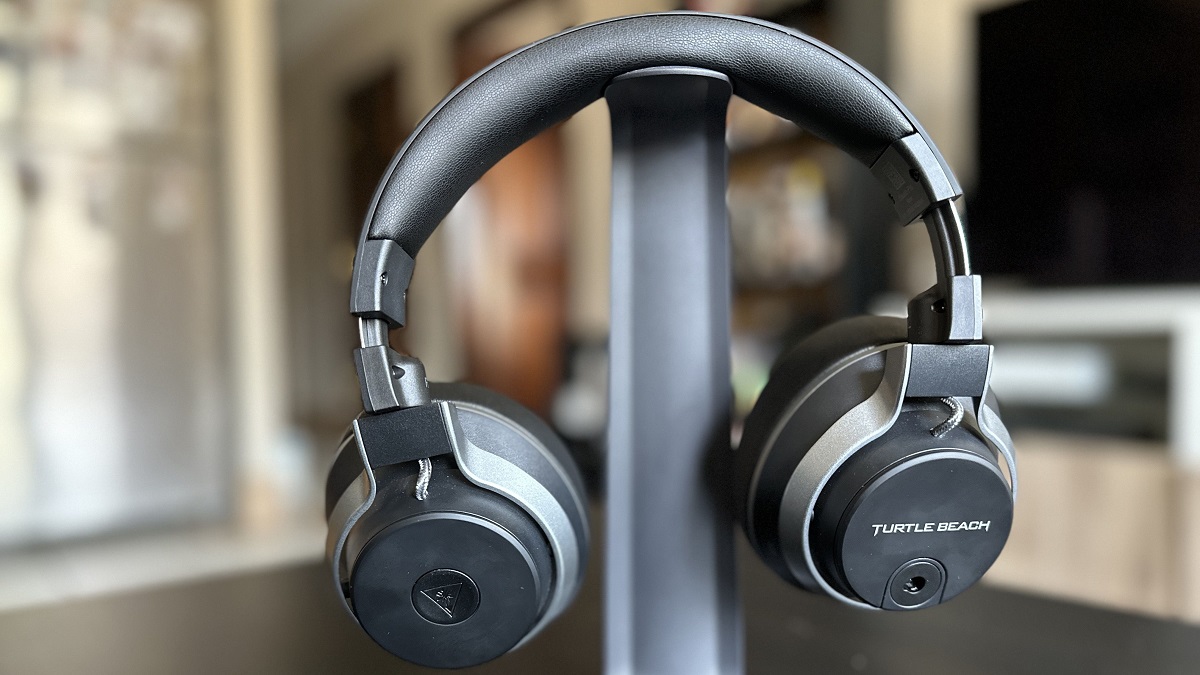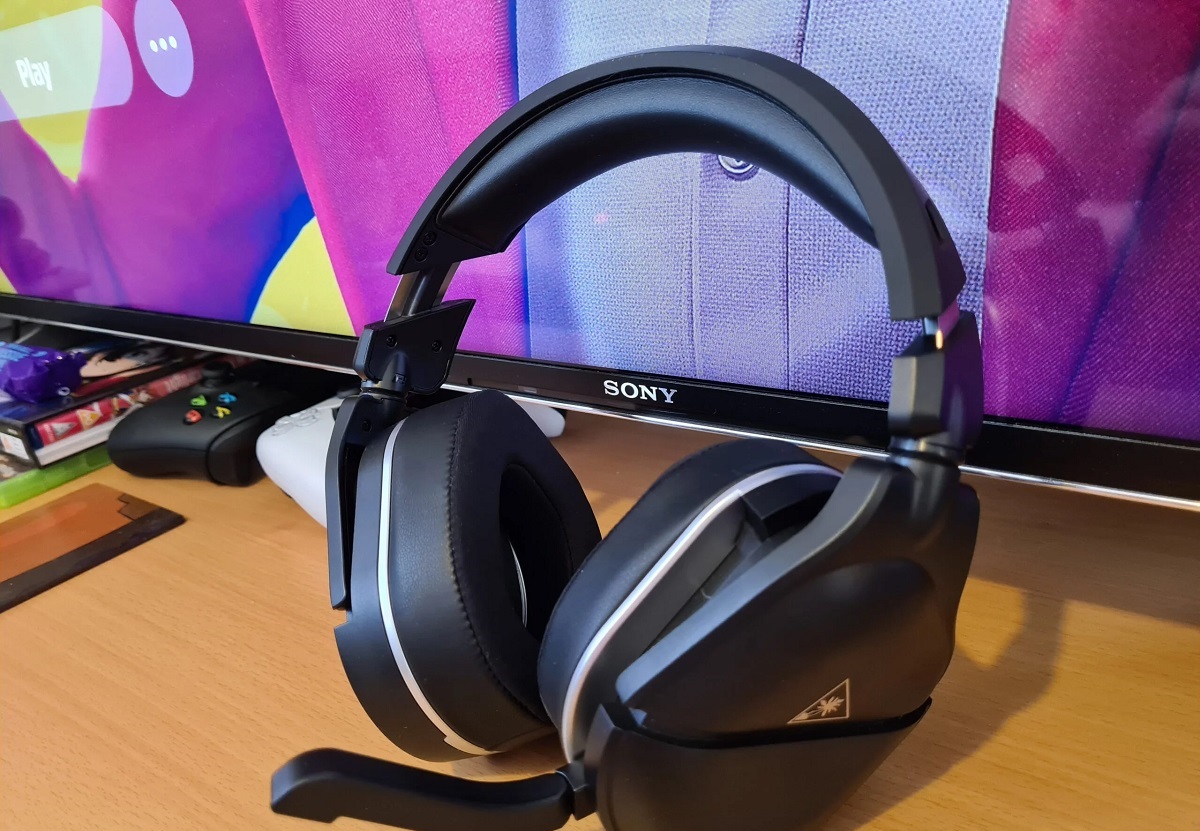Introduction
Turtle Beach headsets are renowned for delivering an immersive audio experience, making them a top choice for gamers and audio enthusiasts. However, like any electronic device, these headsets are not immune to technical issues that can disrupt the user experience. From connectivity problems to sound quality issues and microphone malfunctions, troubleshooting these common problems can be a challenging yet rewarding endeavor.
In this comprehensive guide, we will delve into the troubleshooting process for Turtle Beach headsets, offering practical solutions to address a range of issues. Whether you're encountering connectivity hiccups, distorted sound output, or unresponsive microphones, this guide will equip you with the knowledge and strategies to diagnose and resolve these problems effectively.
By the end of this article, you will have a clear understanding of how to identify and rectify the most prevalent issues that may arise with your Turtle Beach headset. Whether you're a seasoned gamer, a dedicated audiophile, or simply a casual user, mastering the art of troubleshooting these common problems will undoubtedly enhance your overall experience with your Turtle Beach headset. Let's embark on this journey to unravel the mysteries behind Turtle Beach headset issues and empower ourselves with the know-how to conquer these technical challenges.
Common Turtle Beach Headset Issues
Turtle Beach headsets, while revered for their exceptional audio quality and comfort, are susceptible to a range of common issues that can hinder the user experience. Understanding these prevalent problems is crucial for effectively troubleshooting and resolving them. Here are the most frequent issues encountered by Turtle Beach headset users:
-
Connectivity Problems: Users often face challenges with establishing a stable connection between their headset and the audio source, such as a gaming console, PC, or mobile device. This can result in intermittent audio dropouts, static, or complete loss of sound.
-
Sound Quality Issues: Distorted audio, low volume output, or imbalanced sound distribution across the headset's speakers can significantly diminish the immersive audio experience that Turtle Beach headsets are known for.
-
Microphone Malfunctions: Many users encounter issues with their headset's microphone, including muffled or inaudible voice transmission, erratic microphone sensitivity, or complete microphone failure.
-
Technical Glitches: Various technical hiccups, such as unresponsive controls, firmware errors, or unexpected shutdowns, can disrupt the seamless operation of Turtle Beach headsets.
-
Comfort and Durability Concerns: While not directly related to audio performance, discomfort from prolonged use or concerns regarding the headset's build quality are common issues that users may encounter.
Understanding these common issues is the first step towards effectively diagnosing and addressing them. By gaining insights into these prevalent challenges, users can navigate the troubleshooting process with confidence, ultimately optimizing their Turtle Beach headset experience.
Diagnosing the Problem
Diagnosing issues with your Turtle Beach headset is a crucial first step in resolving any technical hiccups that may arise. By systematically identifying the root cause of the problem, users can streamline the troubleshooting process and implement targeted solutions. Here's a comprehensive approach to diagnosing common problems with Turtle Beach headsets:
-
Assess Connectivity: Begin by examining the connectivity between your headset and the audio source. Check the physical connections, such as the headset's cable or wireless transmitter, to ensure they are securely plugged in or paired with the audio device. If using a wireless headset, verify that the transmitter is powered on and within range. Additionally, inspect the audio source for any potential issues, such as faulty ports or settings that may impede proper connectivity.
-
Evaluate Sound Quality: If you're encountering sound quality issues, assess the nature of the audio distortion or imbalance. Listen for specific patterns, such as crackling sounds, inconsistent volume levels, or distorted frequencies. Pay attention to whether the sound issues persist across different audio sources or if they are specific to a particular device. This evaluation can provide valuable insights into the underlying causes of the sound quality problems.
-
Test the Microphone: For microphone-related problems, test the microphone's functionality across different applications or communication platforms. Speak into the microphone and observe if the transmitted voice is clear and audible. Pay attention to any background noise or static that may compromise the microphone's performance. Additionally, check for physical obstructions or damage to the microphone that could affect its operation.
-
Monitor for Technical Glitches: If you suspect technical glitches, such as unresponsive controls or unexpected shutdowns, monitor the headset's behavior across various usage scenarios. Note any specific triggers or patterns that precede the occurrence of these glitches. Additionally, check for available firmware updates or troubleshooting resources provided by Turtle Beach to address known technical issues.
-
Consider Comfort and Durability: While not directly related to technical malfunctions, assessing comfort and durability concerns involves evaluating the physical ergonomics and build quality of the headset. Consider factors such as headband pressure, ear cushion comfort, and overall durability based on your usage patterns. Identifying any discomfort or build-related issues can contribute to a holistic understanding of the headset's performance.
By meticulously diagnosing the specific problem affecting your Turtle Beach headset, you can lay the groundwork for implementing targeted solutions to address the identified issues. This systematic approach empowers users to tackle technical challenges with confidence, ultimately optimizing the functionality and enjoyment derived from their Turtle Beach headset.
Fixing Connectivity Issues
When troubleshooting connectivity issues with your Turtle Beach headset, it's essential to adopt a systematic approach to identify and address potential causes of the problem. Here's a comprehensive guide to fixing common connectivity issues:
-
Physical Connections: Begin by inspecting the physical connections of your headset. For wired headsets, ensure that the audio cable is securely plugged into both the headset and the audio source, such as a gaming console, PC, or mobile device. If using a wireless headset, check that the wireless transmitter is properly connected to the audio source and that it is powered on. Additionally, verify that the transmitter and headset are within the recommended range for reliable connectivity.
-
Wireless Interference: Wireless Turtle Beach headsets operate within specific frequency ranges, and interference from other wireless devices or electronic equipment can disrupt the connection. Minimize potential sources of interference, such as cordless phones, Wi-Fi routers, or Bluetooth devices, in close proximity to the headset and its wireless transmitter. Relocating these devices or the wireless transmitter can help mitigate interference and improve connectivity.
-
Battery and Power: If using a wireless Turtle Beach headset, ensure that the headset's battery is adequately charged. Low battery levels can impact the stability of the wireless connection. If the headset uses replaceable batteries, consider replacing them with fresh ones to rule out battery-related connectivity issues. Additionally, verify that the wireless transmitter is powered on and functioning correctly.
-
Software and Firmware Updates: Check for available software or firmware updates for your Turtle Beach headset. Manufacturers often release updates to address connectivity issues and enhance wireless performance. Visit the official Turtle Beach website or use the dedicated software application, if available, to download and install the latest updates for your headset. Keeping the headset's software and firmware up to date can resolve compatibility issues and optimize connectivity.
-
Audio Source Settings: Review the settings on your audio source, such as the gaming console, PC, or mobile device, to ensure they are configured to output audio to the Turtle Beach headset. Check the audio output settings and select the appropriate audio device, ensuring that the headset is recognized and designated as the primary audio output source. Additionally, adjust any relevant audio settings, such as volume levels and audio format compatibility, to align with the headset's specifications.
By systematically addressing these potential sources of connectivity issues, users can effectively troubleshoot and resolve common connectivity problems with their Turtle Beach headsets. Implementing these solutions empowers users to enjoy a stable and seamless audio connection, enhancing their overall gaming and audio experiences.
Resolving Sound Quality Problems
Resolving sound quality problems with your Turtle Beach headset requires a methodical approach to pinpoint and address the underlying factors affecting audio performance. Whether you're encountering distorted audio, imbalanced sound output, or low volume issues, implementing targeted solutions can significantly enhance your overall audio experience. Here's a detailed guide to addressing common sound quality problems:
-
Audio Source Compatibility: Verify that your Turtle Beach headset is compatible with the audio source you're using, whether it's a gaming console, PC, or mobile device. Check for any specific compatibility requirements or recommended audio settings provided by Turtle Beach for optimal performance with different audio sources.
-
Audio Cable Integrity: For wired headsets, inspect the integrity of the audio cable connecting the headset to the audio source. Ensure that the cable is free from damage, such as fraying or kinks, which can compromise the audio signal. Consider using a different audio cable to rule out potential cable-related issues.
-
Audio Settings Adjustment: Access the audio settings on your gaming console, PC, or mobile device to fine-tune the audio output parameters. Adjust the equalizer settings to optimize the sound profile according to your preferences. Experiment with different audio presets, if available, to find the ideal balance of bass, treble, and overall audio clarity.
-
Firmware Updates: Check for firmware updates specifically related to sound quality and audio performance for your Turtle Beach headset model. Manufacturers often release firmware updates to address audio-related issues and improve sound processing algorithms. Updating the headset's firmware can rectify sound quality discrepancies and enhance overall audio fidelity.
-
Environmental Noise Management: Minimize environmental noise that may impact your audio experience. Ensure that the room where you use your Turtle Beach headset is free from excessive background noise, which can interfere with the perception of sound quality. Consider using noise-isolating ear cushions or creating a quieter listening environment to optimize the audio immersion.
-
Driver and Software Optimization: If using the headset with a PC, ensure that the device drivers and audio software are up to date. Update the audio drivers and configure the audio software settings to align with the specifications of your Turtle Beach headset. Adjust audio enhancements and spatial audio settings to suit your preferences and improve sound quality.
By systematically addressing these factors, users can effectively diagnose and resolve sound quality problems, elevating their audio experience with Turtle Beach headsets. Implementing these targeted solutions empowers users to enjoy immersive and high-fidelity audio, ensuring that every sonic detail is faithfully reproduced for an unparalleled listening experience.
Dealing with Microphone Problems
Addressing microphone problems with your Turtle Beach headset is essential for maintaining clear and reliable voice transmission during gaming, communication, or content creation. Whether you're experiencing muffled voice pickup, erratic microphone sensitivity, or complete microphone failure, resolving these issues is crucial for seamless interaction. Here's a comprehensive guide to dealing with common microphone problems:
-
Microphone Inspection: Begin by visually inspecting the microphone boom and its connection to the headset. Ensure that the microphone is securely attached and positioned correctly for optimal voice capture. Check for any physical damage, such as bent or obstructed microphone elements, and gently straighten or clear any obstructions to restore proper functionality.
-
Microphone Sensitivity Adjustment: If your Turtle Beach headset features adjustable microphone sensitivity settings, experiment with different sensitivity levels to determine the optimal setting for clear voice transmission. Test the microphone in various environments and speaking volumes to gauge its responsiveness and adjust the sensitivity accordingly.
-
Microphone Testing: Utilize the microphone testing features available on your gaming console, PC, or communication applications to assess the microphone's performance. Speak into the microphone and monitor the transmitted voice for clarity, volume, and background noise pickup. Identify any inconsistencies or irregularities in the microphone's behavior during testing.
-
Communication Platform Settings: If using the headset for online gaming or voice communication, review the microphone settings within the respective communication platform or game settings. Ensure that the microphone input is correctly selected and configured, and adjust any relevant voice communication settings to optimize microphone performance.
-
Microphone Boom Positioning: Pay attention to the positioning of the microphone boom in relation to your mouth. Adjust the microphone boom to achieve an optimal distance from your mouth, typically positioned approximately one to two finger-widths away, to facilitate clear voice capture while minimizing breath and ambient noise pickup.
-
Firmware and Software Updates: Check for firmware updates specifically addressing microphone performance and voice transmission for your Turtle Beach headset model. Manufacturers often release updates to enhance microphone processing algorithms and address microphone-related issues. Updating the headset's firmware can rectify microphone discrepancies and optimize voice capture.
By systematically addressing these factors, users can effectively diagnose and resolve microphone problems, ensuring clear and reliable voice transmission with their Turtle Beach headsets. Implementing these targeted solutions empowers users to communicate effectively and engage in immersive gaming experiences without compromise.
Troubleshooting Other Technical Glitches
In addition to connectivity, sound quality, and microphone issues, Turtle Beach headset users may encounter various other technical glitches that can disrupt the seamless operation of the device. These glitches may manifest as unresponsive controls, unexpected shutdowns, firmware errors, or other irregular behaviors. Troubleshooting these technical hiccups requires a systematic approach to identify and address the underlying causes.
One of the initial steps in addressing technical glitches is to perform a comprehensive assessment of the headset's behavior across different usage scenarios. Users should observe any specific triggers or patterns that precede the occurrence of these glitches. This observation can provide valuable insights into the root causes of the technical issues, enabling users to formulate targeted solutions.
If the headset features control buttons or dials, test each control element to ensure responsiveness and accuracy. Unresponsive controls can indicate hardware or firmware-related issues that may require further investigation. Additionally, unexpected shutdowns or erratic behavior may stem from power-related issues, such as battery drainage or power management anomalies. Checking the battery status and power management settings can help identify and address these issues.
Firmware errors or software-related glitches can also contribute to technical malfunctions. Users should check for available firmware updates for their Turtle Beach headset model and follow the manufacturer's guidelines to perform the update. Firmware updates often include bug fixes and optimizations that can rectify known technical issues, improving the overall stability and performance of the headset.
In some cases, technical glitches may be influenced by environmental factors, such as electromagnetic interference or temperature variations. Users should assess the headset's operating environment and minimize potential sources of interference, such as electronic devices or wireless signals that may impact the headset's functionality.
For persistent technical glitches that defy conventional troubleshooting methods, reaching out to Turtle Beach's customer support or technical assistance resources can provide valuable insights and guidance. The manufacturer's support channels may offer advanced troubleshooting steps or recommend specific actions to address complex technical issues.
By systematically addressing these potential sources of technical glitches, users can effectively diagnose and resolve a wide range of technical hiccups that may affect their Turtle Beach headsets. Implementing these targeted solutions empowers users to maintain a reliable and seamless audio experience, free from disruptive technical anomalies.
Conclusion
In conclusion, troubleshooting common issues with Turtle Beach headsets is a proactive endeavor that empowers users to overcome technical challenges and optimize their audio experiences. By understanding the prevalent problems, such as connectivity issues, sound quality discrepancies, microphone malfunctions, and other technical glitches, users can embark on a systematic journey of diagnosis and resolution.
The process of diagnosing problems involves a meticulous assessment of connectivity, sound quality, microphone performance, and overall headset functionality. By scrutinizing these aspects, users gain valuable insights into the root causes of the issues, laying the groundwork for targeted solutions.
Addressing connectivity issues demands a methodical approach, involving the inspection of physical connections, mitigation of wireless interference, and consideration of battery and power-related factors for wireless headsets. Furthermore, adjusting audio source settings and staying updated with firmware releases can significantly enhance connectivity stability.
Resolving sound quality problems requires users to explore compatibility, cable integrity, audio settings, firmware updates, and environmental noise management. By addressing these factors, users can restore high-fidelity audio reproduction and immerse themselves in a captivating sonic landscape.
Dealing with microphone problems involves inspecting the physical integrity of the microphone, adjusting sensitivity settings, testing voice transmission, and optimizing communication platform configurations. These measures ensure clear and reliable voice capture, essential for seamless communication and gaming experiences.
Furthermore, troubleshooting other technical glitches necessitates a comprehensive evaluation of control responsiveness, power-related anomalies, firmware errors, and environmental influences. By systematically addressing these factors, users can maintain a reliable and seamless audio experience, free from disruptive technical anomalies.
In essence, mastering the art of troubleshooting Turtle Beach headset issues equips users with the knowledge and strategies to conquer technical challenges, ultimately enhancing their overall audio experiences. By leveraging the insights and solutions presented in this guide, users can embark on a journey of audio optimization, ensuring that their Turtle Beach headsets deliver unparalleled performance and reliability.







